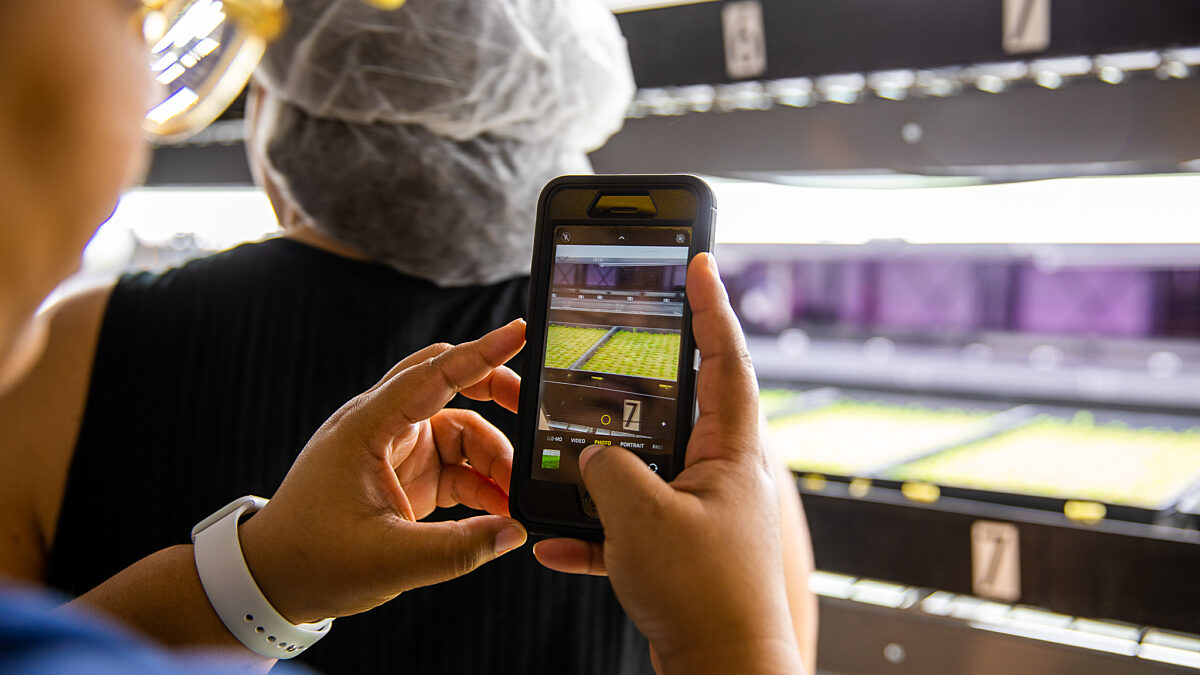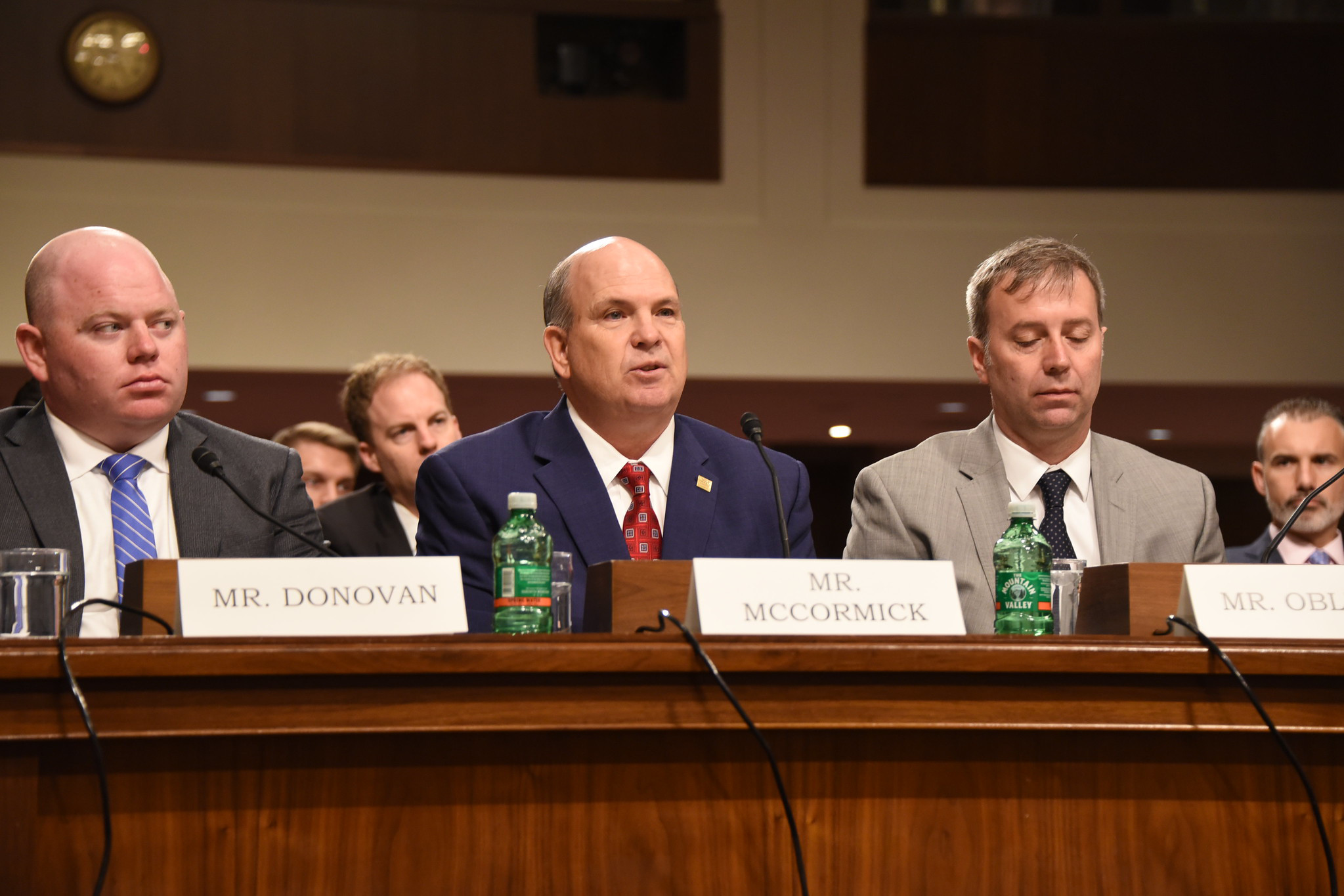Mississippi Farm Bureau: Accurate Broadband Maps are Crucial
TOPICS
BroadbandErin Anthony
Director, Communications

photo credit: AFBF Photo, Morgan Walker
Erin Anthony
Director, Communications

With farmers as dependent on broadband as they are on highways, railways and waterways to ship their products across the country and around the world, the Federal Communications Commission must improve its maps to more accurately reflect rural Americans’ access to high-speed broadband internet — or lack thereof, Mississippi Farm Bureau Federation President Mike McCormick told a Senate committee on Wednesday. McCormick testified on behalf of MFBF in front of the Senate Commerce, Science, and Transportation Committee.
According to the FCC, fixed broadband is available to 72 percent of people in Mississippi. That’s the lowest percentage of availability in the nation. However, McCormick explained, data from Microsoft and other groups shows that only 16 percent of the Mississippi population use the internet at broadband speeds.
“This 56-percentage point difference in broadband availability marks a substantial gap in the perceived number of citizens able to participate in a growing digital economy. From my time traveling the state talking to rural Mississippians, I feel very confident disputing that 72 percent of our population has access to the internet at broadband speeds,” McCormick said.
In February 2018, the FCC released a map showing areas across the United States presumed eligible to receive support for the deployment of 4G LTE service as part of its Mobility Fund Phase II auction. The map showed that Mississippi was 98 percent covered with mobile broadband services, which MFBF strongly disputed.
Later that year, MFBF partnered with the Mississippi Public Service Commission to challenge the accuracy of the map. MPSC ultimately submitted more than 8,400 individual consumer speed test data points to the FCC, but not one single challenge to the map was successful. McCormick said this was largely due to the overall complexities of the challenge process and the complications that would prevent anyone – especially the average consumer – from successfully participating in the process.
“We feel that the FCC must do more to establish an accurate understanding of mobile broadband coverage before moving forward with the Mobility Fund II program. Any effort to move forward with the current maps will lock rural America into the digital divide for at least a decade,” McCormick warned.
He continued, “As efforts to improve access to broadband in rural areas continue, the ability of the FCC and all other relevant agencies to utilize accurate coverage maps is the highest priority.”
McCormick urged the commission to improve its National Broadband Map by seeking much more detailed information. The FCC currently relies on census block data for the map.
“Farm Bureau recommends that more granular data be used to determine areas of coverage. Additionally, we recommend the inclusion of cropland and ranchland as a metric of broadband access,” McCormick said.
Trending Topics
VIEW ALL